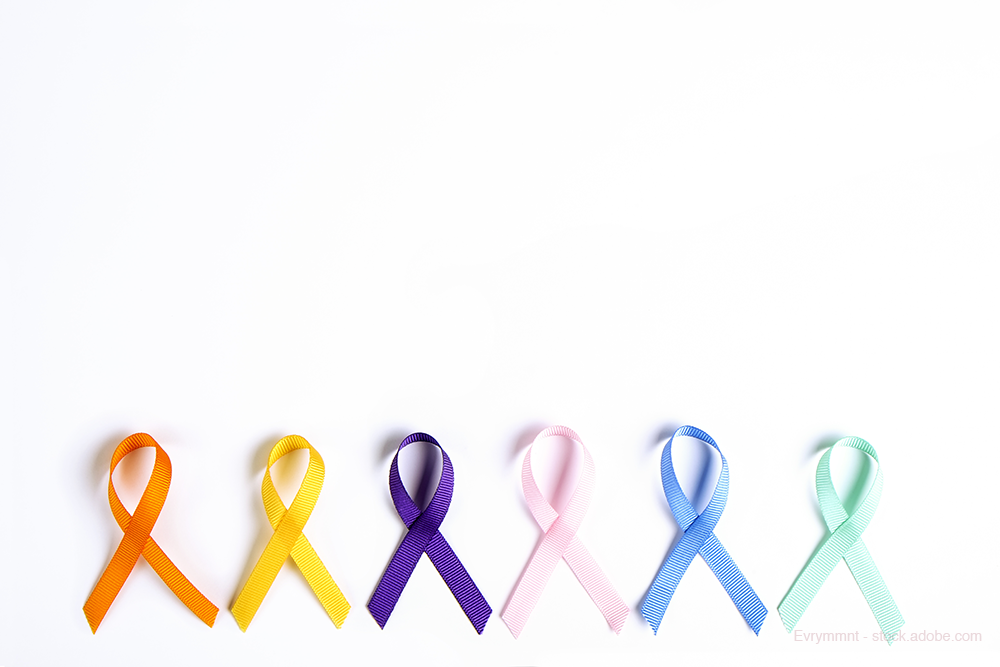Cancer Rates Decline for Young People
A new NIH report on cancer in people aged 20 to 49 shows that while rates are declining, women and minorities still face significant rates.

A new NIH report shows that overall cancer rates in the United have been on the decline over the past two decades, but highlights areas where more efforts are needed.
“We are encouraged by the fact that this year’s report continues to show declining cancer mortality for men, women, and children, as well as other indicators of progress,” said Betsy A. Kohler, executive director of NAACCR in a release. “There are also several findings that highlight the importance of continued research and cancer prevention efforts.”
The report specifically looked at cancer rates in young people, aged 20 to 49, and found that this group was different in many ways than older people.
The biggest difference were incidence rates in men versus women. Overall, between 2011 and 2015, the average annual incidence rate was around 1.2 times higher among men than among women, and from 2012 to 2016, the average annual death rate among men was 1.4 times the rate of women.
However, in the 20 to 49 age group, the reverse was true. From 2011 to 2015, the average annual incidence rate for all cancer types was 115.3 per 100,000 for men, while the rate was a much higher 203.3 per 100,000 for women. Between 2012 and 2016, the annual death rate was 22.8 per 100,000 for men and 27.1 per 100,000 for women.
Related article: Eight Predictions for Cancer Care in 10 Years
“The greater cancer burden among women than men ages 20 to 49 was a striking finding of this study,” said Elizabeth Ward, PhD, lead author of the study and a consultant at NAACCR. “The high burden of breast cancer relative to other cancers in this age group reinforces the importance of research on prevention, early detection, and treatment of breast cancer in younger women.”
The most common types of cancer among women in that group were: breast (73.2 per 100,000), thyroid (28.4), and melanoma of the skin (14.1). For men, the most common types were: colon and rectum (13.1), testis (10.7), and melanoma of the skin (9.8).
The rate of cancer death decline was also higher for men in that age group. Between 2012 and 2016, the rate of cancer death decreased by an average of 2.3% per year for men, compared to an average of 1.7% per year for women. For younger women, however, that rate of decline was greater than that in older women (overall rates for women were 1.4% in that 2012 to 2016 timeframe).
Overall in the United States, cancers related to tobacco use (lung, bladder, and larynx) have decreased, while cancers related to obesity and a lack of physical activity (such as uterine, colorectal-only in young adults-and post-menopausal breast) have increased in recent decades.
In men overall, death rates decreased for 10 of the 19 most common cancers but increased for six cancers, with the highest increases for liver cancer, oral cavity and pharynx cancer, and non-melanoma skin cancer.
In women overall, death rates decreased for 13 of the 20 most common cancers, including the three most common cancers (lung and bronchus, breast, and colorectal), but increased for five cancer types, with the highest increases in uterine and liver cancers.
Beyond the sharp differences in men and women, significant racial disparities still exist in cancer rates. Overall, black men and women had the highest cancer death rates. Black men and white women had the highest incidence rates, Asian/Pacific Islander men and women had the lowest overall rates.
Related article: The Alternative Cancer Treatments Health Execs Are Talking About
“Major declines overall in cancer mortality point in the right direction, yet significant differences remain in cancer cases and deaths based on gender, ethnicity, and race,” said CDC Director Robert R. Redfield, MD. “A better understanding of these discrepancies improves cancer diagnosis and recovery for all patients and is vital to our public health mission.”
Nicholas Hamm is an editor with Managed Healthcare Executive
Using the 'Pathway' Approach to Shorten the Time Between Cancer Diagnosis and Treatment
November 16th 2022In this episode of Tuning In to the C-Suite, Briana Contreras, editor with Managed Healthcare Executive spoke with Dr. Yuri Fesko, oncologist and vice president of Medical Affairs at Quest Diagnostics. In the conversation, Dr. Fesko addressed the ongoing issue of long gaps of times between receiving a diagnosis for a type of cancer and finally getting the treatment for it. Dr. Fesko shared the benefits a number of sectors receive when treating patients sooner and the steps to get there.
Listen